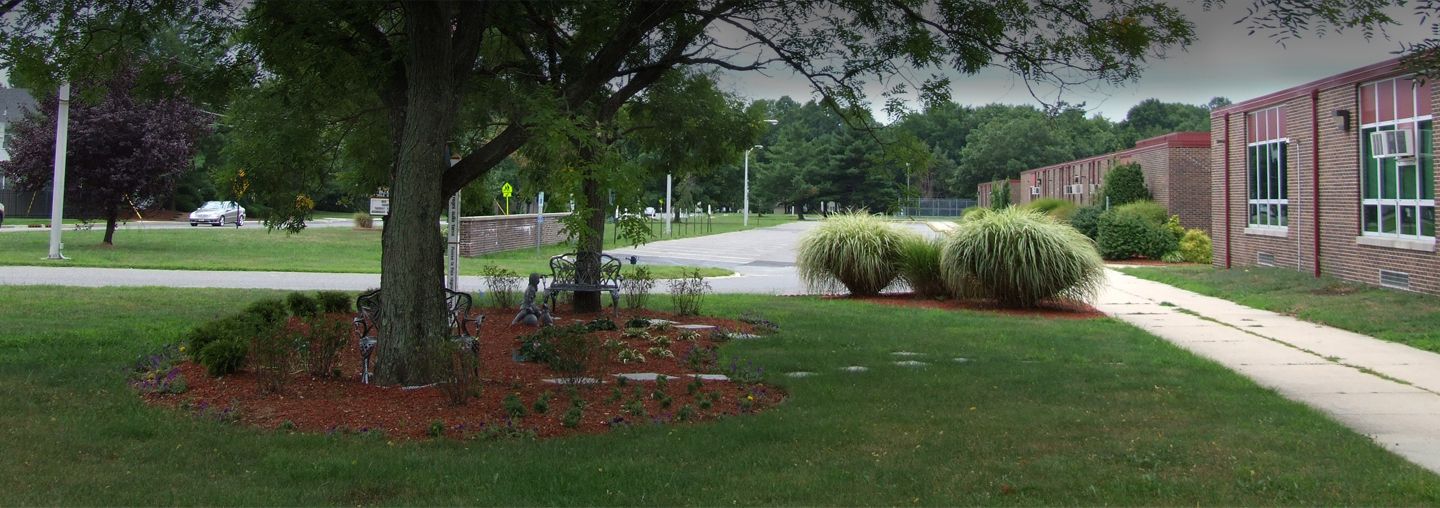Pediatric Brain Aneurysm
What is a brain aneurysm?
An aneurysm is a bubble that forms in a weak spot on the side of a brain artery, very much like a balloon, and they tend to form where an artery divides. There are two types of aneurysms, ruptured and unruptured.
How do aneurysms present?
Aneurysms present as either ruptured or unruptured. Every ruptured aneurysm began as unruptured aneurysms. The incidence of an individual having multiple aneurysms is 12-31%.
Who gets aneurysms, and why?
Aneurysms form silently, sometimes from wear and tear on the arteries. An inherited or familial tendency, injury, or infection can cause aneurysms to form. Smoking, alcohol, and possibly even the use of oral contraceptives, are cited as potential contributing factors to the development of aneurysms. They impact women more than men, and typically between the ages of 30 and 50. Aneurysms are rare in children and adolescents.
Are there any warning signs?
Typically warning signs precede some 40% of major ruptures. The classic symptom of ruptured aneurysms is the worst headache of your life. Other signs include headache, blurred or double vision, neck pain, nausea and vomiting, sensitivity to light, loss of sensation, or lethargy.
Can aneurysms be prevented?
Unfortunately, beyond avoiding potentially risky behaviors, no! The etiology is not clearly understood and there is no effective means of preventing their occurrence.
How common are they?
We are all familiar with the more publicized statistics on Breast Cancer, with 41,000 deaths per year, and Prostate Cancer, the cause of some 32,000 deaths every year. Aneurysms that rupture, of all types, including cerebral, abdominal, and thoracic, kill 32,000 people per year. It is estimated that approximately 2 million people in the U.S. have unruptured brain aneurysms; and the incidence of a rupture, also known as aneurysmal subarachnoid hemorrhage, is approximately 12 of every 100,000. The annual prevalence of ruptured brain aneurysms in the U.S. is in excess of 30,000 every year.
How are aneurysms treated?
Unruptured aneurysms are evaluated and the medical options range from ongoing observation to surgery. Ruptured aneurysms are either clipped or coiled. Clipping is an open surgical procedure into the skull and a tiny titanium clip is placed, cutting off blood flow to the aneurysm. During the coiling process, the physician inserts fine platinum coils through a catheter which is threaded from an artery in the groin to the brain, and into the aneurysm effectively sealing it off.
What are the odds of surviving a rupture?
The routine prognosis of a ruptured aneurysm is not overly encouraging. 50% die outright. Of those who survive, one-third recover with some deficit; one-third with substantial deficit, and the final third may require institutionalization.
Who is impacted?
Certainly the patient is impacted! Beyond this, using the statistical experience of 30,000 aneurysmal subarachnoid hemorrhages per year, and a family unit of 4, some 120,000 are also affected. Of the 30,000, 15,000 do not survive. The 15,000 survivors have varying levels of deficit, ranging from inconvenience to inability to work again, nor even be able to care for themselves. Approximately 100,000 individuals are impacted by ruptured aneurysms every year. The impact consists of loss of a loved one completely, in the case of death. In the situation of a survivor, the reduction in the role of spouse, parent, wage earner, together with the complications involving impaired cognitive, speech, emotional, and physical function, and the attendant burdens, financial and otherwise, of rehabilitative care and therapy.
For more information about Brain Aneurysm visit the links below :


